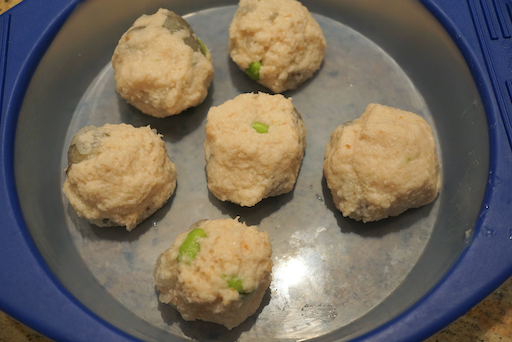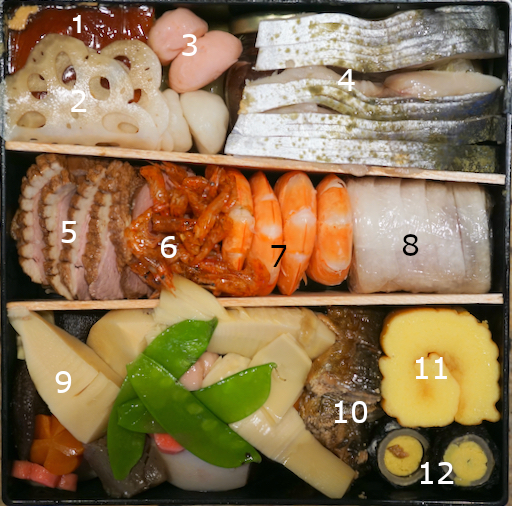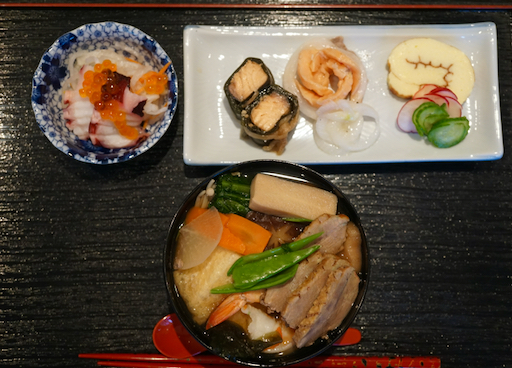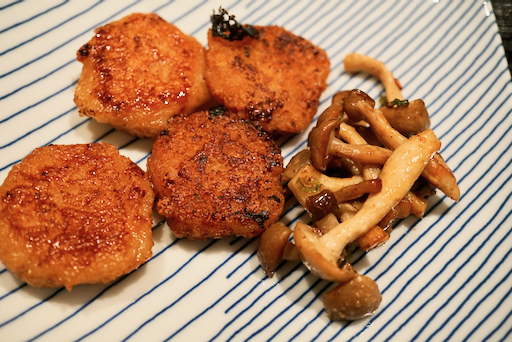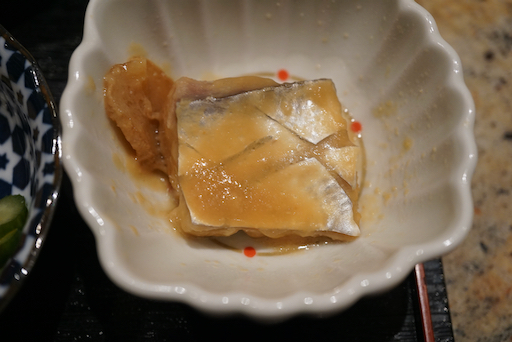I was duped into baking this bread by my wife. She found this bread recipe in a King-Authur flour catalog and ripped out the page. Since I mentioned in the previous blog that "When it comes to baking bread, I am in the school of the simpler the better like no-knead breads", my wife handed me this recipe, saying ‘here is another no-knead bread recipe you might want to try’. She even made the biga starter for me the night before. So next morning, after closely reading the recipe, I pointed out that the recipe called for kneading the bread, (multiple times), indicating to me that this was not “no knead” bread. (I have no idea why she thought this was a no-knead bread). (Note from Wifey: She has no idea why either). But by then, with the biga already made and ready to go, I did not have any choice but to make the bread. The original recipe called for dried apricots and cranberries but my wife said "just use raisins instead". (In her book, any candied or dried fruit can be substituted with raisins). So I followed her instructions. Actually the recipe requires lots of kneading, raising, deflating and raising etc. This is definitely more my wife's style bread than mine. But since I started it, I finished it.
Ingredients:
Biga (starter):
1 cup (120g) AP flour
1/4 cup (26g) Pumpernickel flour
1/2 cup (113g) water (my wife likes to use buttermilk instead)
1/8 tsp instant yeast
all of the biga
3/4 cup (170g) water
2 1/4 cup (270g) AP flour
1 1/2 tsp salt
1/2 tsp instant yeast
1/2 cup (64g) diced dried apricots
1/4 cup (28g) dried cranberries (I used about 1/2 cup of raisin instead).
3/4 cup (85g) chopped, toasted pecans.
The original recipe calls for egg wash which I skipped.
The instructions were not very precise, to say the least, and I had to use my CCK (common culinary knowledge) to fill in the “blanks”.
For the biga:
Mix all ingredients and cover and let it ferment for 12-24 hours.
For the dough (I edited for more clarity):
Mix and knead the biga, water, flour, salt and yeast (I used a stand mixer with a dough hook).
Knead in the dried fruit and the pecans.
In a bowl, put a small amount of olive oil, put in the dough ball, tuned it to coat with the oil and covered to let rise for 45 minutes.
Repeat folding and turning over the dough after 45 minutes until doubled.
Shape the dough into a ball (boule) and place in a lightly greased bowl seam-side down, cover and let it rise 45-60 minutes.
Meanwhile preheat the oven to 450F.
After 45-60 minutes (not quite doubled in bulk), brush with egg wash (I did not), slash the top (I used a lame and made a cross cut).
Bake at 450F for 15 minutes and lower the temperature to 375F and bake another 25 to 30 minutes (195F in the center of the bread).
Let it cool before slicing.
As I mentioned this is rather complicated bread to make and the original instruction was not really clear in the details. In any case, it was quite good. It was somewhat dense but moist and slightly sweet. But next time I will let my wife make it.



%20apricot%20and%20cranberry%20bread%20-%201.jpeg)








